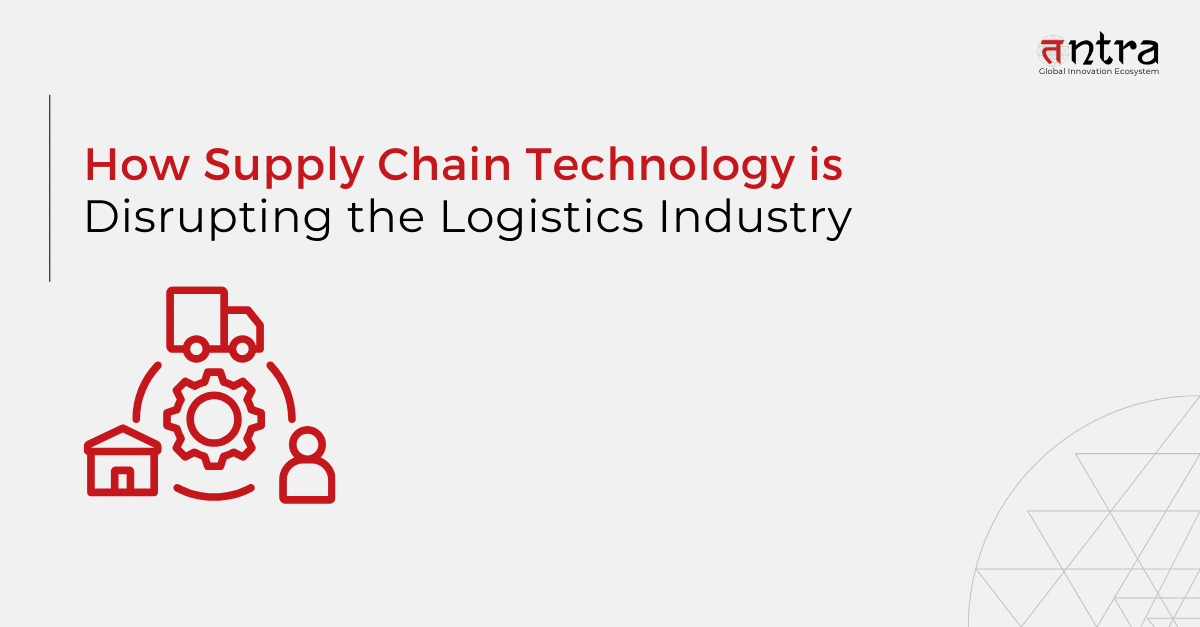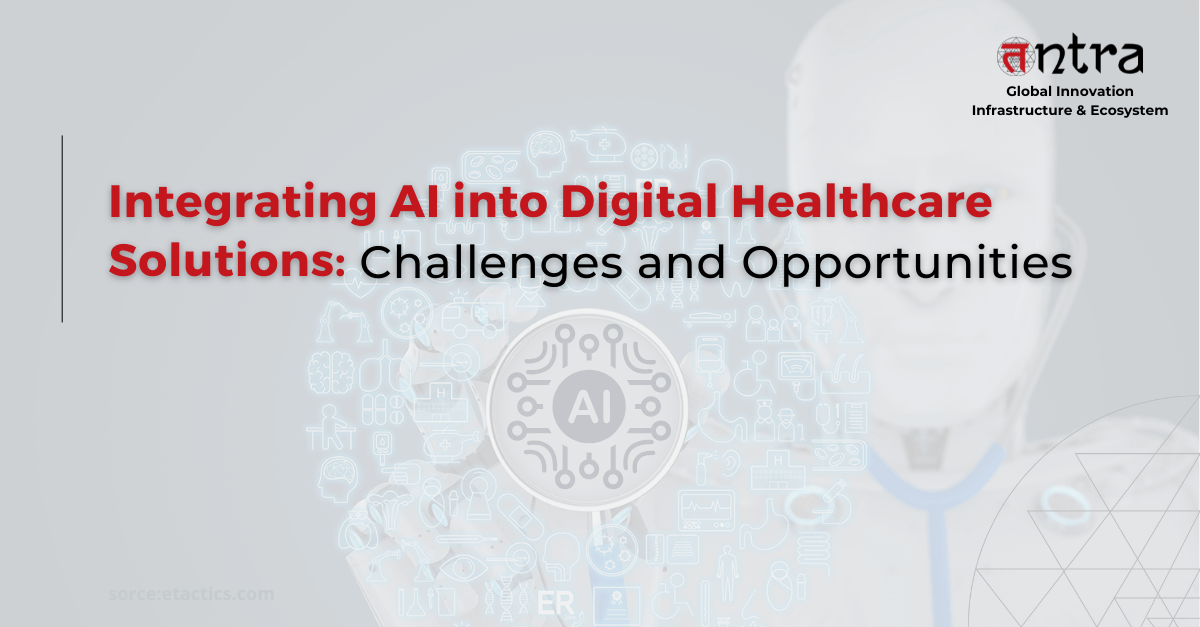
How Supply Chain Technology is Disrupting the Logistics Industry
Table of Contents
ToggleSupply chains are being modernized technologically! IoT device data is used by intelligent management to track items and optimize every aspect of production and delivery. This results in reduced expenses, expedited delivery times, and a competitive advantage. Smart technologies that businesses can use to accomplish this include robotics, self-driving cars, and AI-powered data analysis. Continue reading the blog to learn more.
Supply Chain Optimization: How Burlington and Lowe’s Drive Efficiency and Customer Experience
As part of its five-year supply chain optimization strategy, Burlington Coat Factory (in collaboration with Fortna) redesigned its supply chain, implementing new operational procedures and systems that increased efficiency and improved customer experience at the company’s Burlington, New Jersey facility. A new WMS and updated warehouse control software were two factors that contributed to the initiative, which was an integrated approach involving operations and IT and was intended to promote store development and productivity.
The supply chain is frequently a competitive advantage for bargain stores like Burlington, and as such, it’s a key to their success. It’s working for Burlington, too, as seen by the company’s $4.5 billion in yearly sales from 500 locations.
Being one of the largest home improvement stores in the world, Lowe’s also makes huge decisions when it comes to fulfillment. The company’s new fulfillment center, constructed in 2016, is big enough to hold 22 football fields and is situated in Coopertown, Tennessee. By 2023, the DFC is expected to employ 600 people, or around 13% of Coopertown’s workforce, to service more than 1,750 Lowe’s retail locations and 15 of the company’s regional distribution centers.
The DFC will dispatch parcel deliveries straight to customers. In order to better manage inventory and enhance its supply chain, Lowe’s shifted its focus in 2018 to smaller, more frequent shipments from distribution centers to stores. Lowe’s has demonstrated that it is responsive to the disruption of e-commerce and consumer demand.
(Source: 6river)
Supply Chain Innovation Landscape
In 2023, the size of the global supply chain management software market was estimated to be US$ 18.8 billion. IMARC Group projects that the market will expand at a compound annual growth rate (CAGR) of 11.1% from 2024 to 2032, when it reaches US$ 50.0 billion. Some of the main drivers driving the market include the expanding use of medical supply distribution management in small and medium-sized organizations (SMEs), growing use in the e-commerce sector, and rising employment in the healthcare industry.
According to a recent McKinsey report, the average supply chain is 43% digitally. According to a McKinsey study, organizations that actively digitize their supply chains may enhance yearly revenue growth by 2.3 percent and earnings before interest and taxes by 3.2 percent, on average. This is the greatest rise from digitizing any business segment.
According to a poll conducted in 2021, 40% of experts in the supply chain business have already used cloud computing and storage technology into their organizations’ operations. Over the next five years, supply chain organizations are anticipated to use inventory and network optimisation solutions as their most popular technology.
Intelligent Supply Chain: The Innovation for the Future of Business
In order to optimize different aspects of the supply chain, intelligent supply chain systems require the use and utilization of contemporary technologies. Businesses can better optimize their supply chain by gathering data and gaining insights through the use of contemporary technology in an intelligent supply chain. This can help them cut expenses, boost profitability, serve consumers faster, and outperform the competition.
Here’s how to implement an intelligent supply chain system in your organization:
- Bring IoT into action
Products can have monitoring devices attached to them so that retailers and CPG businesses can follow the products as they move through the supply chain. The data created from goods/containers will provide insight into buying and selling cycles, how often stock should be refilled, and how much should be kept in stock, from manufacturing, storage, transportation, and final destination. The Internet of Things (IoT) for supply chain is an effective tool for process optimization and efficiency. - Enhance efficiency with big data
Businesses may now gather thousands of data points from IoT-enabled devices located throughout the intelligent supply chain, which can be leveraged to enhance every stage of the supply chain procedure. Retailers and manufacturers may swiftly discover inefficiencies that require attention and make improvements by utilizing artificial intelligence (AI), data science, and predictive analytics in logistics. Big data and predictive analytics will provide businesses with the knowledge they need to minimize downtime, streamline processes, and maintain peak operational performance. - Invest in Machine Learning
Every stage of the supply chain will automatically optimize itself thanks to machine learning in logistics, which uses data and insights from AI and predictive analytics. Machine learning enables innovative features like visual pattern recognition and contextual intelligence, which give firms powerful new analytical tools. This goes beyond a tremendous rise in the scope and size of data management. Businesses can then leverage these developments in data insight to find new efficiencies and optimisations, which will help them reduce expenses and boost revenue. - Accelerate logistics with automation
It is recommended that manufacturers and retailers investigate automated hardware solutions, including automated conveyor systems, picker robots, cobots, and autonomous mobile robots (AMRs). Future automation by any software product engineering company may even include self-driving delivery vehicles, facilitating easy transportation over the “last mile” of a package. Instead than taking the place of human workers, these autonomous solutions can support staff members by helping them do jobs more accurately and efficiently so they can concentrate on more important duties.
The Bottom Line
Businesses should combine the use of intelligent technologies with supply chain software product engineering solutions in order to fully benefit from the intelligent supply chain. Despite the technology’s great potential, maximum effectiveness can only be attained when all teams within the organization successfully embrace it and have buy-in, from the top to the bottom.
An intelligent supply chain system’s solid digital basis spans all aspects of retail, manufacturing, and CPG activities. Implementing an intelligent supply chain successfully necessitates a comprehensive approach to operations, personnel, technology, and system architecture.
Tntra, a leading supply chain software development company, has all the expertise and technology needed to take advantage of disruptions in the logistics industry.
Schedule a FREE CONSULTATION CALL today!





